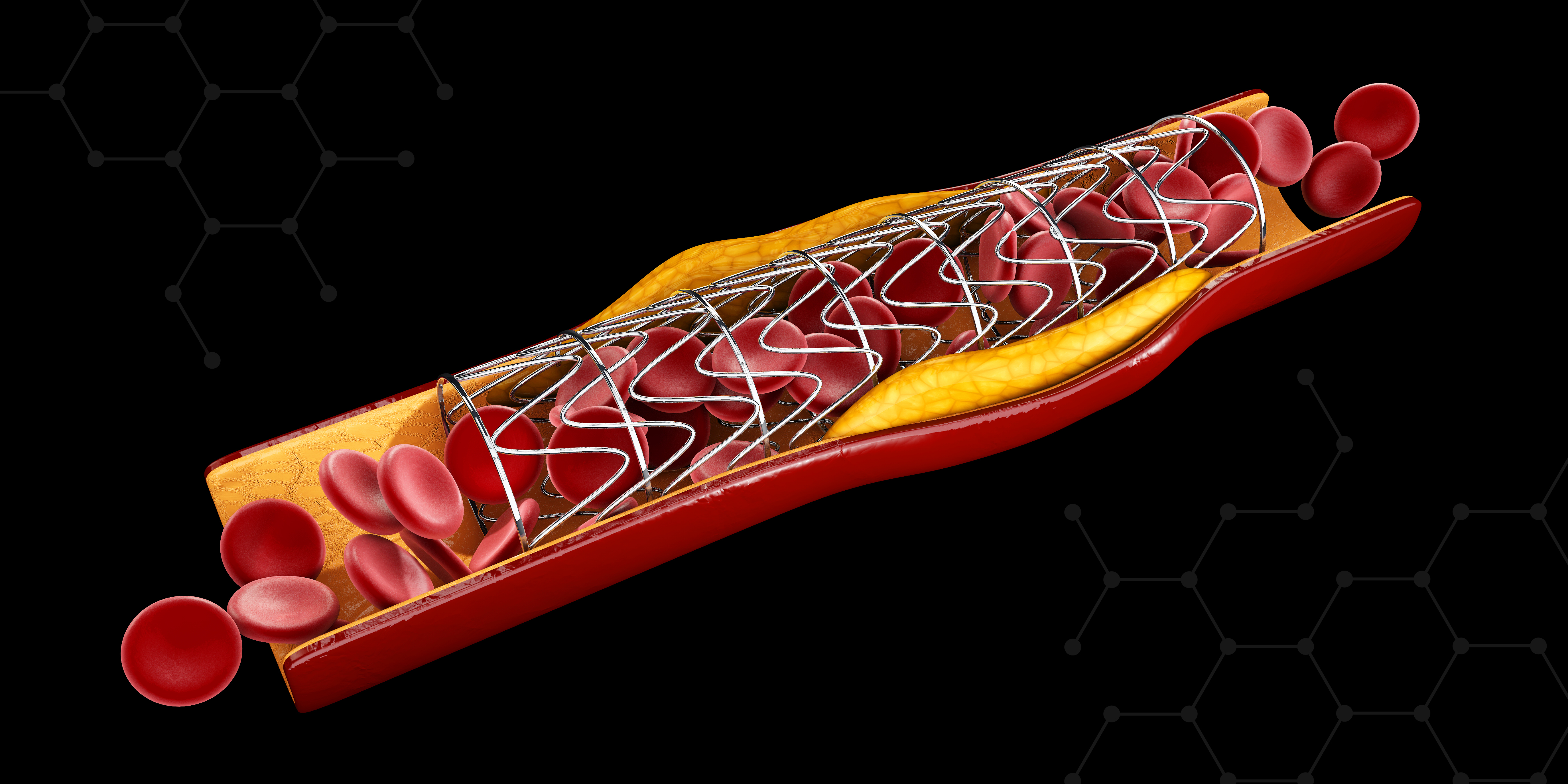Key Points:
- In the WARRIOR trial, ~ 2500 women with signs and symptoms of ischemia without obstructive coronary disease (INOCA) were randomized to receive intensive medical therapy for coronary artery disease vs. continued usual care
- At five years, there was no significant difference in the rate of first occurrence of a major adverse cardiac event between the intensive medical therapy and control arms
- Important limitations of the trial include under-enrollment due to the COVID-19 pandemic and higher than anticipated rates of contamination of therapies due to the pragmatic trial design
According to a 2017 report from the Cardiovascular Disease in Women Committee of the American College of Cardiology, at least 3-4 million men and women in the United States have ischemia without obstructive coronary disease (INOCA), a syndrome that is defined by the presence of signs and symptoms of cardiac ischemia with no significant epicardial coronary disease (≥ 50% stenosis). Women are significantly more likely to have INOCA than men, and although there are no specific guidelines on the appropriate management of INOCA, there is growing evidence that INOCA is associated with higher rates of major adverse cardiac events (MACE).
The Women’s IschemiA TRial to Reduce Events In Non-ObstRuctive CAD was a multicenter, prospective, randomized, blinded outcome evaluation (PROBE design) of a pragmatic strategy of IMT vs usual care (UC) conducted in 4,422 symptomatic women with INOCA (NCT03417388) across approximately 70 United States sites. The hypothesis was that IMT will reduce the primary outcome of the first occurrence of MACE by 20% vs. UC at ∼2.5 year followup. Secondary outcomes included quality of life, time to return to “duty”/work, healthcare utilization, angina, cardiovascular death and individual primary outcome components over 3 years follow-up. The study utilized web-based data capture, e-consents, single IRB and centralized pharmacy distribution of strategy medications directly to patients’ homes to reduce site and patient burden. A biorepository was used to collect blood samples to assess potential mechanisms.
In the WARRIOR study, 2476 women from 71 centers across the United States who were found to have INOCA based on coronary angiography (n=1353) or coronary computed tomography angiography (n=1123) were randomized to receive intensive medical therapy versus ongoing usual care and followed every six months for the development of MACE including death, non-fatal myocardial infarction, non-fatal stroke or transient ischemic attack or hospitalization for heart failure or angina. In the intensive medical therapy arm, patients received low-dose aspirin, statin and an angiotensin converting enzyme (ACE) inhibitor or angiotensin receptor blocker (ARB). The average age of the population was 64 years old and ~ 89% of women were white. The sample included high representation of some risk factors for coronary disease including ~64% with hypertension, ~ 53% with obesity and ~37% with a history of tobacco use but only ~21% of patients had diabetes.
At five years, there was no difference in the composite primary outcome of MACE between the two arms with an event rate of ~16% in both arms and a hazard ratio of 1.13 (95% CI: 0.94-1.37, p=0.20). There was no notable heterogeneity in the treatment effect for the primary outcome when evaluating subgroups of individual risk factors for coronary disease or subgroups of medication types.
One of the most important limitations of the study is the high rate of contamination between the two treatment arms; approximately half the patients enrolled in the usual care arm were ultimately started on many of the medications included in the intensive medical therapy arm. In addition, 70% of patients were already taking statins at baseline and half were already on an ACE/ARB, further limiting the ability to detect a treatment effect between the two arms. Another notable limitation is that because the trial enrolled during the COVID-19 pandemic, there was significant under-enrollment leading to inability to achieve the target enrollment of 4,476 patients. Finally, because the population was primarily non-Hispanic white and post-menopausal, the results may not be generalizable to the broader population with INOCA. In conclusion, although the WARRIOR study did not show a benefit to intensive medication therapy compared to usual care, the findings of the study are not fully definitive or generalizable to the broader population. Future studies are needed to further understand the increased risk of MACE associated with INOCA and the best strategies to mitigate it.





